Parthians: Their Great Empire And Skilled Horse Archers
MessageToEagle.com – The Parthian people established an empire that lasted almost 500 years, from the mid-3rd century BC until 224 CE. Their empire was the most lasting of the empires of the ancient Near East.
They came to power under king Mithradates the Great (171-138 BC); their territories stretched from the Euphrates River in the west to Central Asia and the borders of Bactria in the east. The Parthian empire occupied Iraq, Armenia, all of modern Iran, parts of Turkey, Georgia, Azerbaijan, Turkmenistan, Afghanistan and Tajikistan, and for short time, also territories in Pakistan, Syria, Lebanon, Israel and Palestine.
Strangely, despite their enormous role in forming a strong link between the peoples of East Asia and Europe – the Parthians were overshadowed by the Achaemenids and Sassanids.
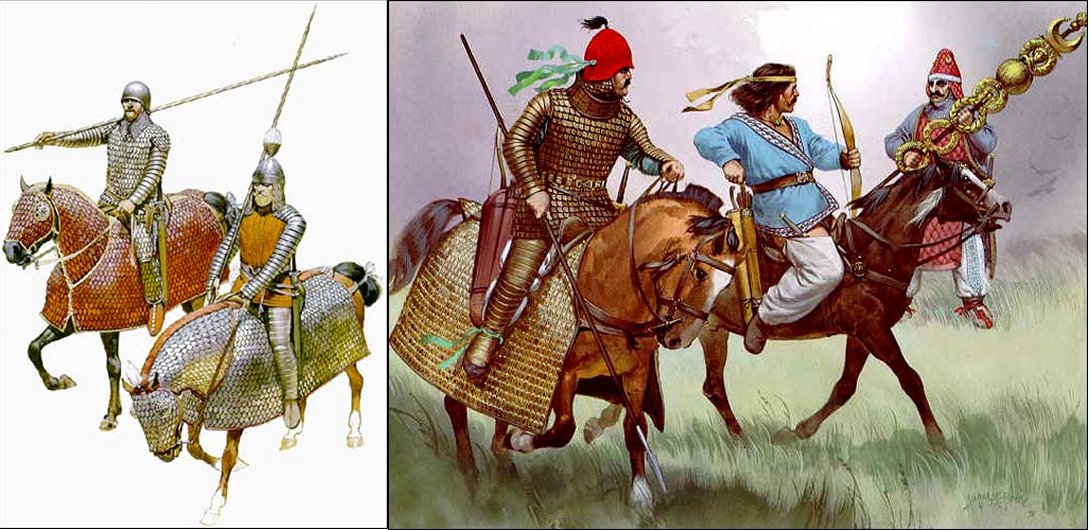
The Parthians were originally part of a tribe known as the Parni (or Aparni), who originated on the eastern edge of the Caspian Sea. We know about their history but only from Greek and Roman sources, which mainly describe the Roman battles with the Parthians and their excellent warfare.
The Parthians were literate people but unfortunately, they did not record histories of their dynasty.
Excavations revealed that they built temples, monuments, tombs and Parthian coins, which they made for the reigns of their kings and this procedure – although, rather unusual in Antiquity – functioned very well.
Their religion was an early form of Zoroastrianism, but they were also tolerant of other religious beliefs.
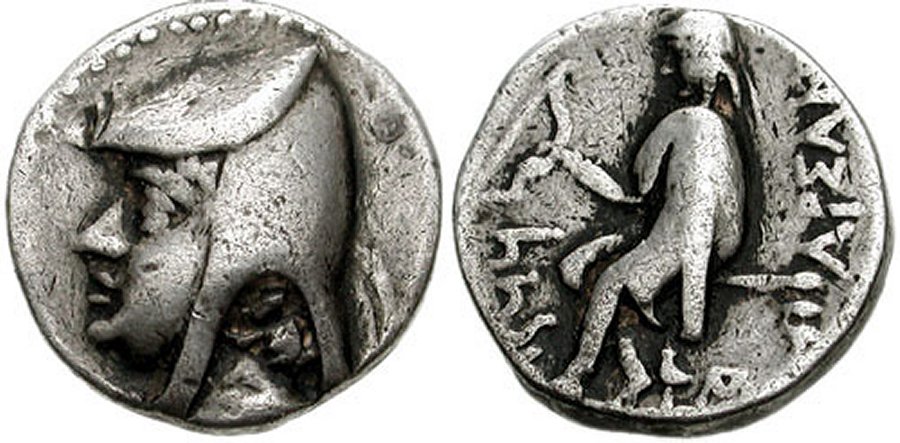
Their most famous towns such as Ctesiphon, Seleucia, Ecbatana, Rhagae, Hecatompylus, Nisâ, and Susa flourished.The first king of the Parthians was Tiridates’ brother Arsaces I. His capital was Hecatompylus, the capital of the Parthian Arsacid dynasty by 200 BC.
The Parthians, like their neighbors, the Scythians, were able to succeed in battle often due to their use of horse archers. Ancient Parthians were brave and extremely skilled archers mounted on light horses. While pretending to flee at a full gallop in panic, they turned their bodies back to shoot at the pursuing enemy. It was their strategy – to confuse the enemy by pretending to be in retreat – and then, attack.
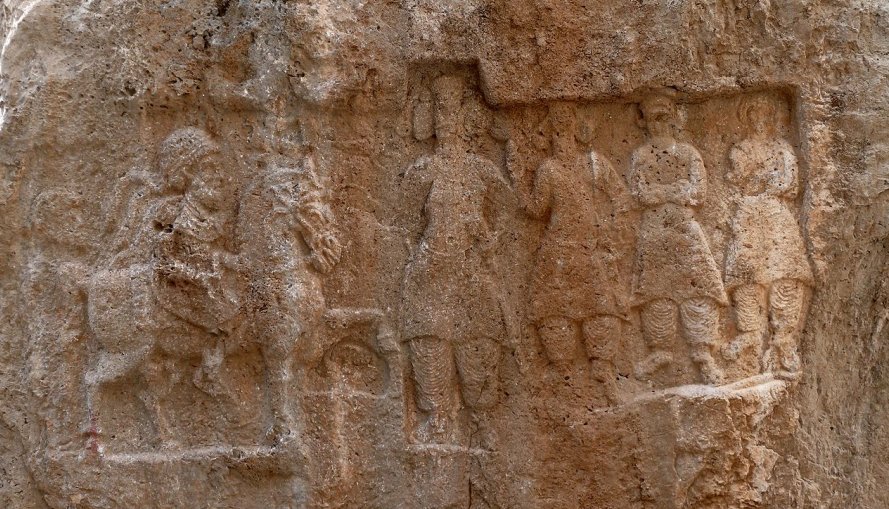
From this ancient Parthian strategy originates the term “Parthian shot” that symbolizes perfection and deadly accuracy. Now it is known as “parting shot”.
The key to their many victories was the crucial role of Parthian archers.
The Roman-Parthian wars lasted so long because the Parthians were hard to defeat. The Romans relied on heavy infantry; the Parthian armies contained two types of cavalry: the heavy-armed and armored cataphracts and light brigades of mounted archers.
Written by – A. Sutherland – MessageToEagle.com Senior Staff Writer
Copyright © MessageToeagle.com All rights reserved. This material may not be published, broadcast, rewritten or redistributed in whole or part without the express written permission of MessageToeagle.com
Expand for referencesRelated Posts
-
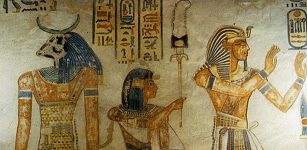 Ancient Tombs Of The Nobles In The Valley Of The Queens
No Comments | Oct 23, 2016
Ancient Tombs Of The Nobles In The Valley Of The Queens
No Comments | Oct 23, 2016 -
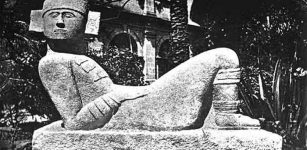 Chacmool (‘Chac-Mool’) – Intriguing Pre-Columbian Statue Found At Many Ancient Sites In Mesoamerica
No Comments | May 24, 2021
Chacmool (‘Chac-Mool’) – Intriguing Pre-Columbian Statue Found At Many Ancient Sites In Mesoamerica
No Comments | May 24, 2021 -
 DNA Is Our New Data Storage Technique
No Comments | Jun 20, 2016
DNA Is Our New Data Storage Technique
No Comments | Jun 20, 2016 -
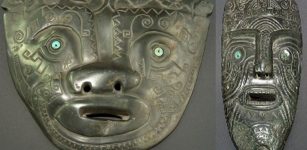 Incredible Ancient Masks – Evidence Of Giants In Bolivia?
No Comments | Mar 25, 2020
Incredible Ancient Masks – Evidence Of Giants In Bolivia?
No Comments | Mar 25, 2020 -
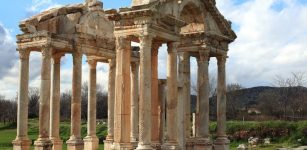 What Can Archaeology Tells Us About Climate Change?
No Comments | Aug 9, 2021
What Can Archaeology Tells Us About Climate Change?
No Comments | Aug 9, 2021 -
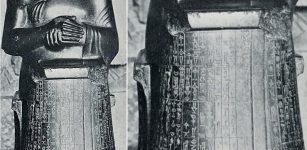 Statue Of Gudea: The King-Priest Of Sumerian City Of Lagash In Southeast Mesopotamia
No Comments | Nov 9, 2016
Statue Of Gudea: The King-Priest Of Sumerian City Of Lagash In Southeast Mesopotamia
No Comments | Nov 9, 2016 -
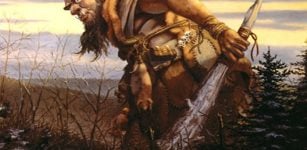 Fomorians In Irish Myths And Legends: Race Of Demonic Giants Who Inhabited Ireland And Scotland
No Comments | Jan 21, 2017
Fomorians In Irish Myths And Legends: Race Of Demonic Giants Who Inhabited Ireland And Scotland
No Comments | Jan 21, 2017 -
 2,250-Year-Old Iron Age Settlement Discovered Near Upton-Upon-Severn
No Comments | Jan 4, 2022
2,250-Year-Old Iron Age Settlement Discovered Near Upton-Upon-Severn
No Comments | Jan 4, 2022 -
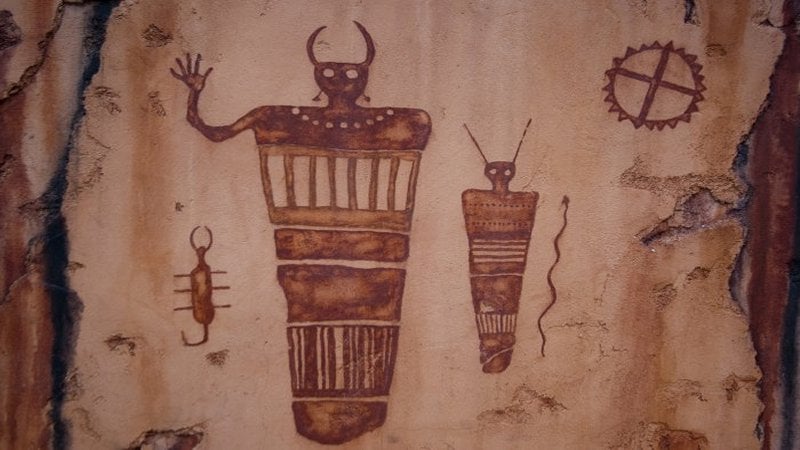 Mysterious 8,000-Year-Old Petroglyphs Of Unknown Beings Of Sego Canyon, Utah
No Comments | Sep 26, 2020
Mysterious 8,000-Year-Old Petroglyphs Of Unknown Beings Of Sego Canyon, Utah
No Comments | Sep 26, 2020 -
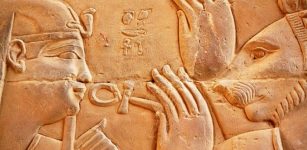 Secrets Of The Egyptian Ankh Cross And Its Energy Properties Revealed
No Comments | Feb 13, 2020
Secrets Of The Egyptian Ankh Cross And Its Energy Properties Revealed
No Comments | Feb 13, 2020

